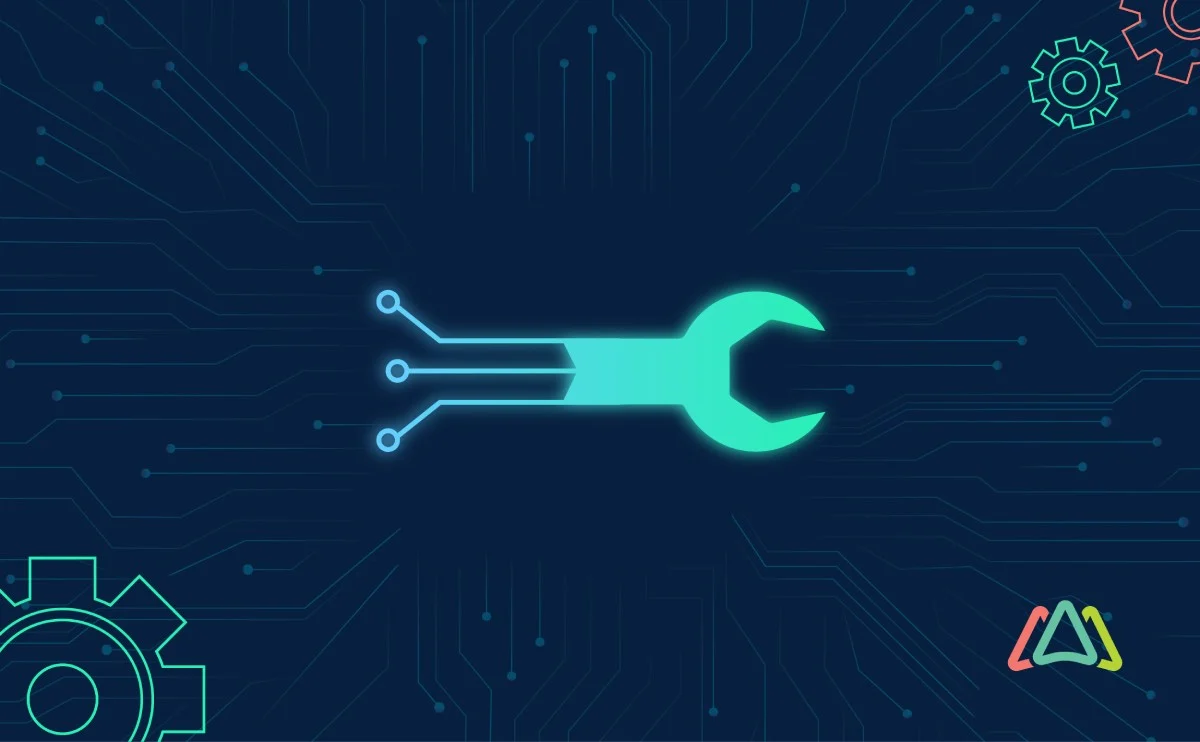Smart Maintenance: In any workplace facility, the state of your infrastructure, equipment and building systems can dramatically affect operational efficiency and productivity. Neglecting routine maintenance results in costly breakdowns, employee downtime, and potential safety hazards. On the other hand, implementing proactive maintenance practices optimizes performance and extends asset lifespans.
Preventive Maintenance (PM) Scheduling
Rather than just reacting to problems after they occur, preventive maintenance helps predict and prevent them before major issues arise through scheduled inspections and services. Develop PM schedules for all critical assets based on manufacturer recommendations, usage levels, and environmental conditions.
For example, HVAC systems should have filters changed, coils cleaned, and electrical connections tightened at set intervals. Production machinery requires lubrication, parts replacement, and calibration. Even aspects like roof seals, parking lot surfaces and lighting systems benefit from PM programs.
Condition-Based Monitoring (CBM)
Besides scheduled maintenance, put systems in place for continuous condition monitoring of equipment performance and component status through data tracking. Sensors can automatically monitor metrics like vibration analysis, temperatures, pressures and run times to detect abnormalities.
Computerized maintenance management software (CMMS) compiles all this real-time condition data into dashboards and automated alerts when assets require maintenance based on actual usage rather than basic calendar schedules alone.
Proper Training and Documentation
Even the most advanced maintenance processes require proper training and documentation. Lack of knowledgeable staff adhering to best practices is a recipe for oversights and mistakes that can hamper efficiency.
Thoroughly document all maintenance procedures, safety protocols and performance benchmarks in standardized policies and manuals. Invest in comprehensive training programs leveraging videos, certifications, and hands-on coaching for all maintenance personnel.
Prioritization and Planning
With infinite to-do lists and limited budgets, maintenance teams need effective systems for prioritizing and planning out their workloads strategically based on critical needs. Models for evaluation, such as risk assessment matrices, aid in prioritizing maintenance tasks that need immediate attention versus those that can be delayed.
Develop processes for submitting maintenance requests with adequate details from staff, reviewing maintenance backlogs and deploying an efficient schedule of work orders. Integrate maintenance planning with production schedules to minimize operational disruptions.
Cycle counting can optimize parts inventory availability and just-in-time ordering. Goal setting and performance metrics tracking keeps maintenance productivity efficient and aligned with organizational priorities.
Leverage Latest Technologies
New and emerging maintenance optimization technologies can unlock even greater efficiency gains. Solutions like remote monitoring, artificial intelligence and augmented reality provide unprecedented capabilities.
Industrial Internet-of-Things sensors transmit live condition monitoring data for predictive maintenance modeling. AI can analyze the influx of data to detect patterns and anomalies that trigger proactive alerts.
Augmented reality allows maintenance staff to virtually visualize machine components and access digitized instructions for procedures. Integration of all systems drives coordinated maintenance activities across facilities through digital twins.
While upfront costs provide sticker shock, the long-term gains of automation in areas like asset tracking, workflow management and compliance oversight can rapidly outweigh expenses through saved labor and maximized efficiency.
Cleanliness and Safety Integration
Ultimately, maintenance processes should link operational integrity with workplace cleanliness and safety. Improper maintenance can potentially create fire risks, air quality issues, chemical hazards, or OSHA violations.
According to the good folk at All Pro Cleaning Systems, preventive maintenance and industrial cleaning practices go hand-in-hand for consistently removing dust, grease and combustible residues. Deferred maintenance allows contaminants accumulating to hazardous levels.
Given a strong safety culture prioritization, maintenance planning can address outstanding safety issues proactively. Routinely inspecting fire suppression equipment, hazardous material storage, emergency lighting and evacuation plans builds safety in parallel with reliability and efficiency targets.
Conclusion
Taking a cohesive approach integrating smart maintenance tactics means an organization can operate at peak performance and productivity levels. The long-term cost savings and efficiency enhancements make an ongoing maintenance investment well worth the effort.




